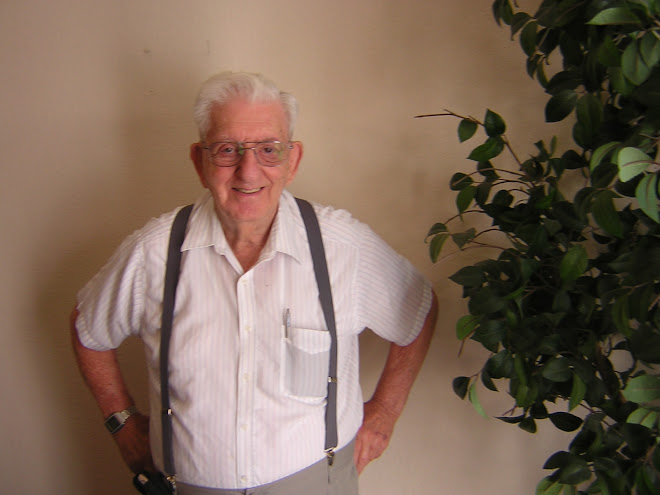
DTV
by Francesca Riviere
My relationship with my TV has intensified since the digital conversion deadline on June 12, 2009. I did comply by purchasing the cheapest rudimentary antenna: rabbit ears and the DTV converter with my government issued $40 credit card.
As a result, I find that, in order to watch television, I must renew my vows daily.
That is, when I turn the TV on in the morning, in want of a friendly, familiar voice giving the news, or the entertainment of silly, pregnant, over-accessorized, and under-dressed weather-tarts forecasting local climate changes, or traffic men with blinking charts and
hovering helicopters, I find the local stations and national networks are not where I left them.
In order to relocate them, I must re-boot, re-scan,re-add, re-edit, and re-manually adjust every station with my new digital remote control, and even that is no guarantee. When I hit Signal on the remote, I must re-align the signal’s beeps with a new antenna position. (My antenna has variously seen plastic hair clips, metal vegetable wires, jars of face cream. etc. to hold it in place.) This can take hours. Like a Pavlovian dog, I am trained to find the steady beep-beep-beep that coincides with clear picture and sound, and voila!, a new aerial lift-off.
I have come to describe the channels that are in between alignment as an artistic gallery of horrors, as each channel takes on its own unique digital aspect:
The Francis Bacon channel offers gouged flesh, multiple eyes hanging out of faces, with ragged mouths – the way people look to you when you are on a bad acid trip.
The Lucien Freud channel portrays smeared pastel flesh more lovingly, more tenderly, but smeared nonetheless.
The Seurat pointillism channel has dancing dots entwined with black mold.
The Salvador Dali channel features melting faces, eaten away by black digital acid.
Most recently, during our siege of wildfires burning our beautiful California landscape 24-7,
I have found several artistic stations merged into one: that of the burning of Cezanne landscape paintings covered by an announcing reporter who resembles Munch’s "The Scream." Outbuildings are from Picasso in his cubist period, foliage echoes Fauvian red and purple trees.
I am beginning to enjoy the multiple reassemblages of the aforementioned, as if artists in heaven are competing through the radio waves for my attention: stop watching TV, remember me? Here I am again, in living color, moving around in your living room, not in the museum where you last saw me.
DTV, at my rabbit ear consumer level, has taken on the same qualities that I don’t like about cell phones: spotty reception, static, and interrupted communication. We have sacrificed stability of reception for “improved”, yet infrequent, technological “quality” reception. I need a GPS to find my reception. The lingering captions onscreen from a previous station, the fluttering images,
the chopped distorted speech, like the sound of a Scandinavian language played in reverse are embedded in the viewing experience of one who does not have cable.
Occasionally, I am IN THE ZONE, where magically all the stations have perfect reception at the same time and do not have to be individually reconnoitered. Have the planets realigned? And that is when you appreciate the good old days before DTV reception, of just turning on your TV
and the sound and image were in perfect placement, right where you left them.
Or maybe I’m just watching too much TV.

I'd love to watch the Olympics with you. Sounds like it would satisfy my fine arts jones simultaneously.
ReplyDelete